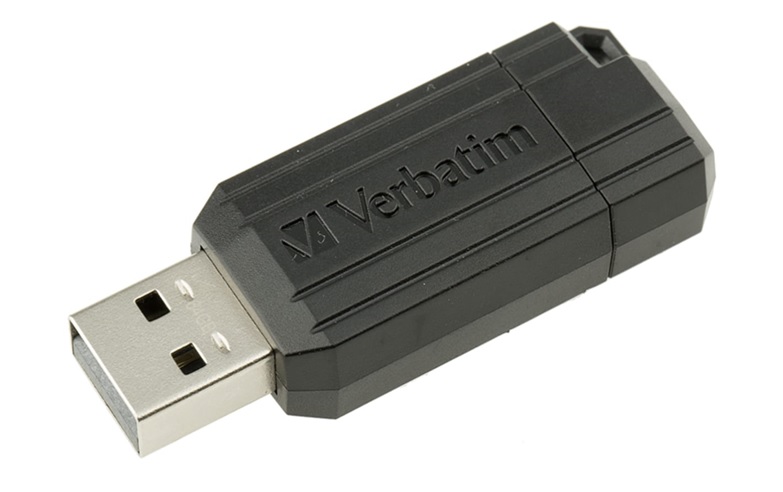Though computers and other significant technological innovations became commercially common in the 1990s, a lot has changed since then. Convenience and superior computing power have brought us to the greatest technological age in history.
One of the simplest, yet most effective pieces of technology is the memory stick. There is a lot of ground to cover, so let’s check out the guide below to find out as much as possible about USB memory sticks.
What is a USB Memory Stick?
USB sticks are quite common and have many tech applications but what are they? Memory sticks – which go by other names like jump drive, thumb drive, pen drive, etc. – are great for saving information from just about any computer or device that has a USB port.
There is a tiny flash memory chip within that drive, which makes them much smaller than the average storage disc and some are even smaller than the size of your thumb (hence the name). They plug into any compatible USB port and can be easily accessed to move files onto or off of a computer. We might know these most commonly in educational settings because they can transport documents and files quickly and easily.
USB Stick Storage Capabilities
There isn’t a whole lot to worry about when you get a USB thumb drive. For the most part, the only thing worth considering is storage size, although some may be considering transfer speeds but that’s really a very niche thing to consider. Which leads to the question, “How much can a USB stick store?”
Initially, thumb drives were only a few gigabytes at the most. Thankfully, they have changed substantially for the better. The most common and cheapest to find are between 2GB and 4GB, though there are some that can get to be over 1TB of data storage. It really all comes down to your data storage needs as it may be a better idea to invest in an external hard drive instead.
USB Drives are Durable but not Indestructible
Despite their size, USB sticks are actually pretty durable. They have a hard plastic case in many instances, saving them from most drops and falls. That said, they are certainly not indestructible so try to be cautious, especially if you have a lot of critical data stored on your drive.
USB drives don’t have moving parts, so they won’t wear down quite as fast as a drive that does have moving components. That said, they can sometimes just simply fail. The drive will stop working or become inaccessible, leading to a loss of the files within. It is always a good idea to back up your drives frequently just in case the worst-case scenario winds up becoming a reality.
USB Variations
Though they all look similar, there are some differences between types of flash drives. For instance, there are USB standards that these devices follow, and those standards have changed a bit over time. While they are mostly compatible with one another, it is important to know the differences between USB 2.0 and USB 3.0.
A USB 2.0 drive is one of the earliest standards. These can still be commonly found and work just fine even though they aren’t the latest standard. They have a transfer rate of 60 MB/sec at most, which is fine but is far from 3.0.
USB 3.0 drives are faster and generally more capable than the 2.0 standard. The average 3.0 flash drive is capable of hitting transfer speeds of 625 MB/sec. It is a popular choice because it is far faster and more efficient during data transfers.







